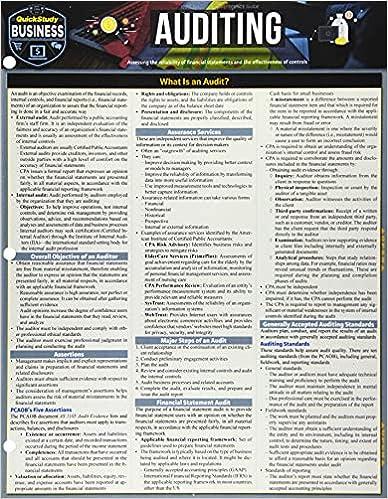Answered step by step
Verified Expert Solution
Question
1 Approved Answer
Liquidity Ratios: Current Ratio : Current Ratio = Current Assets / Current liabilities Quick Ratio: Quick Ratio = Current Assets less inventory / Current liabilities
Liquidity Ratios:
Current Ratio :
Current Ratio = Current Assets / Current liabilities
Quick Ratio:
Quick Ratio = Current Assets less inventory / Current liabilities
Profitability Ratios:
Return on Capital Employed/ROCE:
ROCE= Operating Profit before Interest and Tax/Capital Employed x 100
Gross Profit Margin:
Gross Profit Margin = Gross Profit / Net Sales x 100
Operating Profit Margin:
Operating Profit Margin= Operating Profit before interest and taxes / Net Sales x 100
Profit Margin:
Operating profit after income tax / Net Sales Revenue x 100
Cost/Sales Ratio:
Production cost of sales/ Sales x 100
Distribution and marketing costs/Sales x 100
Administrative Costs/Sales x 100
Market /Investor Ratios:
Earnings per share :
(Profit after income tax = Net profit provision for Tax)
Earnings per share=
Operating profits after income tax less Preference dividends / Number of ordinary shares issued
Price-earnings ratio :
Price-earnings ratio = Market price per ordinary share / Earnings per ordinary share
Dividend Cover:
Dividend Cover = Earnings per share/Dividend per share
Dividend Yield:
Dividend Yield = Dividend of the share for the year / Current market value of the share x 100
Capital Employed Formula:
Capital employed = non-current assets + investments + current assets current liabilities
Capital employed =share capital + reserves + long term liabilities
Efficiency Ratios:
Receivables turnover:
Receivables turnover=Net sales revenue / Average receivables balance
Average collection period:
Average collection period = Average receivables balance x 365 (12) / Net sales revenue
or
No of days or months/Receivables Turnover Ratio
Inventory turnover:
Inventory turnover= Cost of goods sold / Average inventory
Payables Turnover ratio :
Payables Turnover ratio = Net Credit Purchases / Average Payables
Average Payment period :
Average Payment period = Average Payables x 365 (12) / Net purchases OR
No of days or months/ Payables Turnover Ratio
Fixed Assets turnover ratio:
Fixed Assets turnover ratio = Net sales revenue / Average total assets
Working Capital Turnover:
Working Capital Turnover= Net Sales / Working Capital
Assets turnover: (Working Capital Turnover)
Assets Turnover= Net Sales / Net assets
Gearing/Financial stability ratio/Solvency/Leverage:
Gearing Ratio:
Gearing Ratio =(Total Long Term Debt + Preference Share Capital)/ Total Capital employed x 100
Times interest earned/ Interest Cover Ratio:
Times interest earned/ Interest Cover Ratio=Operating profit before income tax + Interest expense / Interest expense on long term debts


Step by Step Solution
There are 3 Steps involved in it
Step: 1

Get Instant Access to Expert-Tailored Solutions
See step-by-step solutions with expert insights and AI powered tools for academic success
Step: 2

Step: 3

Ace Your Homework with AI
Get the answers you need in no time with our AI-driven, step-by-step assistance
Get Started


